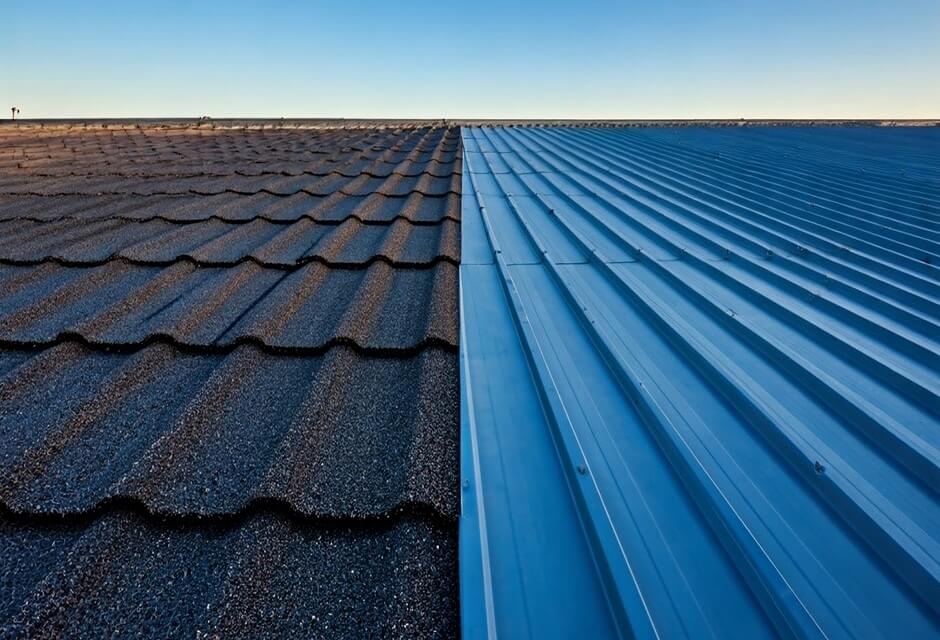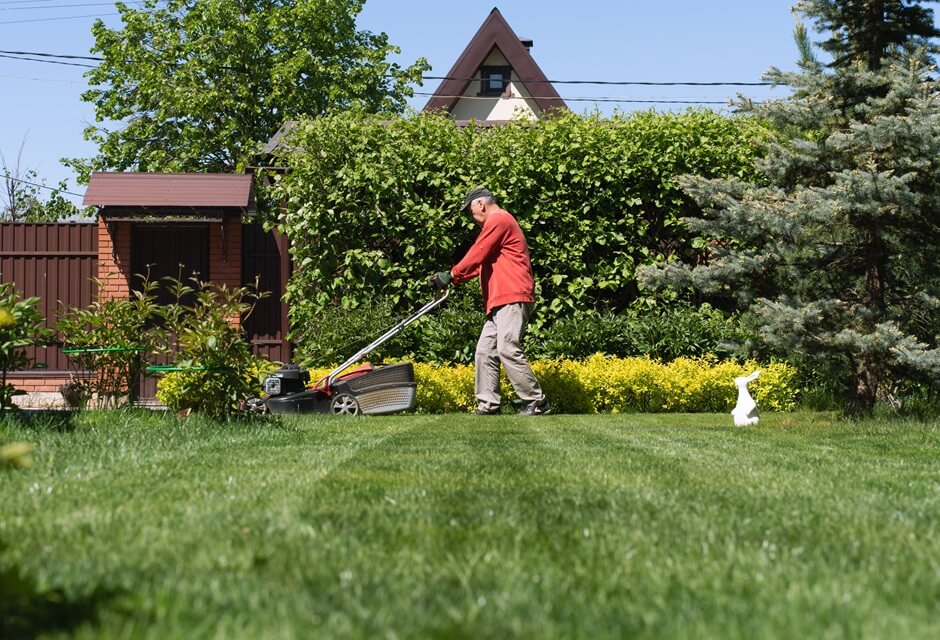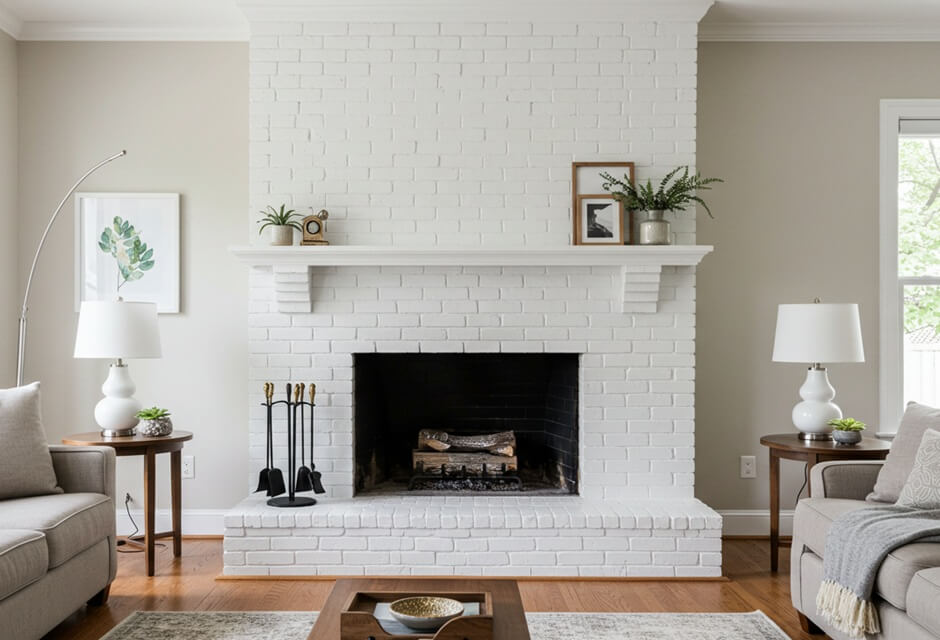
If you are considering upgrading your roof to a more durable and energy-efficient option, you may be thinking about installing a metal roof over shingles. This method is becoming increasingly popular as it offers a quicker, more cost-effective solution than completely removing the old roofing materials.
In this blog post, we will guide you through the process of putting a metal roof over shingles, making it easy to understand the steps involved, benefits, and potential considerations. Start reading and find out more!
4 Benefits Of Placing A Metal Roof Over Shingles
Metal roofs are durable, efficient, and modern. Metal roof installation over shingles is also more cost-effective! Here are a few key advantages of this approach:
- Cost Savings: The average roof replacement cost can be expensive and labor-intensive. By opting for putting metal over shingles, you can save on the costs associated with tear-off and disposal.
- Time Efficiency: Installing a metal roof over shingles is faster than a full roof replacement. You do not need to wait for the old shingles to be removed, which allows you to complete the job more quickly.
- Durability: Metal roofs are incredibly durable, offering excellent protection from the elements. By installing a metal roof over existing shingles, you add another layer of protection and insulation to your home.
- Energy Efficiency: Metal roofs are known for their ability to reflect solar heat, which can help lower energy costs by keeping your home cooler in the summer months.
How To Install Metal Roofing Over Shingles?
First, the original roof must be in good condition so you can lay metal roofing over shingles. Then install a roof decking, furring strips, and finally, the metal panels. Finish off with some flashing to seal everything and guarantee a proper finish. Let us explore the following steps in detail to better guide you through the procedure.
1. Inspect The Existing Roof
Before you begin, it is crucial to inspect the condition of your current roof. Ensure that the shingles are still securely attached and free from significant damage. If the existing shingles are loose, rotting, or missing in large sections, you may need a shingle roof repair or to replace them before you can put a metal roof over the shingles.
It is also important to check for any signs of water damage or mold underneath the shingles. If the decking (the wood beneath the shingles) is compromised, you will need to replace it before installing the metal roofing.
2. Install Roof Decking Or Underlayment
Once you have confirmed that the existing roof is in good condition, the next step is installing a roof decking or underlayment. This step is especially important if the old shingles are not in perfect condition or if you want to add extra insulation and soundproofing so your roof is not noisy in the rain.
You will typically use a layer of synthetic roofing underlayment or a peel-and-stick membrane. This underlayment will serve as a moisture barrier and help prevent water from seeping under the metal roof.
3. Install Furring Strips
Furring strips are wooden slats that are installed horizontally over the existing shingles. These strips provide a secure base for attaching the metal roofing panels. Furring strips create an air gap between the shingles and the metal roof, which helps with ventilation and reduces the risk of heat buildup.
When installing furring strips, it is important to make sure that they are spaced evenly and securely attached to the roof decking. Typically, the spacing will be around 24 inches apart, but this can vary depending on the metal roofing system and the manufacturer's instructions.
4. Begin Installing The Metal Panels
Once the furring strips are in place, you are ready to start the metal roof installation. Begin at the bottom edge of the roof and work your way up. The metal roofing panels should overlap each other to ensure proper water runoff.
When attaching the panels, use screws or fasteners designed specifically for metal roofs. Be sure to follow the manufacturer's guidelines for the correct placement of screws to avoid any leaks or wind damage.
5. Install Flashing And Trim
The final steps in the installation process involve securing the flashing and trim around the roof's edges, valleys, and chimneys. Flashing is an essential component as it helps seal joints and prevent water from seeping under the roof. It is also important to install trim around the roofline to give the finished roof a clean and polished appearance.
Important Considerations
While installing a metal roof over shingles is an efficient and cost-effective method, there are a few considerations to keep in mind before moving forward:
- Weight: Metal roofs are lighter than traditional roofing materials, but the additional layer of metal can add some weight to the structure. Ensure that your roof can handle the added weight by consulting with a structural engineer if necessary.
- Ventilation: Proper ventilation is crucial for extending the lifespan of your roof and preventing moisture buildup. Be sure to incorporate adequate ventilation when installing furring strips and underlayment.
- Building Codes: Check with your local building authority to ensure that installing metal roofing over shingles complies with local building codes and regulations.
If you are unsure about the installation process of metal roof over shingles or would like professional assistance, it is always a good idea to consult with Wisercosts' experienced roofing contractors to guarantee that the job is done correctly and safely!
 Let a roofer give you an estimate on your project
Let a roofer give you an estimate on your project





 Member of the
Member of the